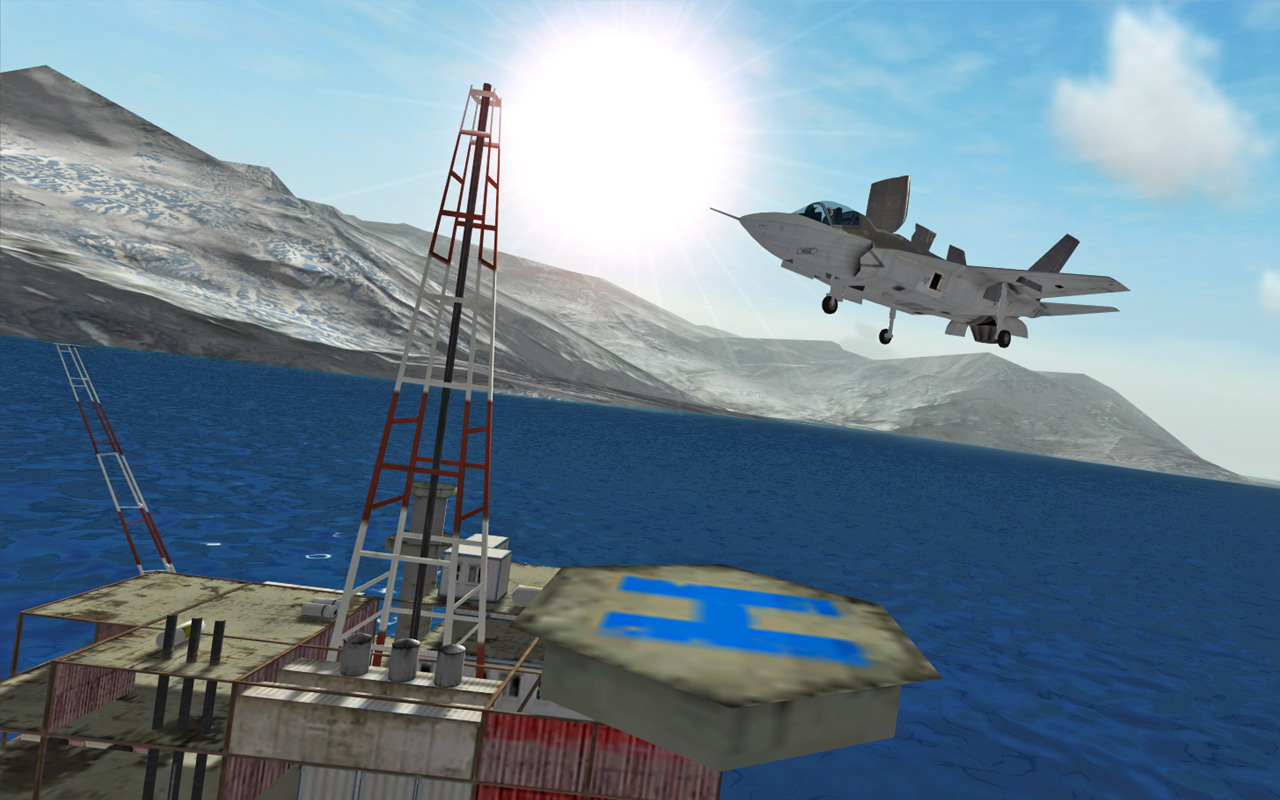

In both cases, the lens is connected to a hand-controller (called the "pickle") used by the LSOs. It is turned on/off and brightness is adjusted at the lens itself for ground-based units, and remotely for shipboard units. The controller is held above the head until the landing area is clear and the arresting gear is set.Ĭollectively, the apparatus that the lights are mounted on is called the "lens". LSOs hold the "pickle", which controls lights on the OLS.

#F18 carrier landing cockpit view full
Wave-off lights – red flashing lamps which, when lit, indicate that the pilot must add full power and go around – a mandatory command.If the aircraft gets too high, the ball appears to go off the top. If the aircraft gets dangerously low, the ball appears red. The further the aircraft is from the glide slope, the further the ball will be above or below the datum lights. If the aircraft is high, the ball will be above the datum lights if the aircraft is low, the ball will be similarly below the datum lights. Ball (or "meatball" also known as "the source") – indicates the relative position of the aircraft with reference to glide slope.Datum lights – a horizontal row of green lamps used to give the pilot a reference against which he may judge his position relative to the glide slope.Other lights give various commands and can be used to require the pilot to abort the landing and "go around." The OLS remains under control of the LSO, who can also communicate with the pilot via radio.Ĭomparison of PAPI, VASI, and OLS meatball and datum lights (not to scale)Īt least three sets of lights are used, regardless of the actual technology: The vertical lights signal whether the aircraft is too high, too low, or at the correct altitude as the pilot descends the glide slope towards the carrier's deck. In its developed form, the OLS consists of a horizontal row of green lights, used as a reference, and a column of vertical lights. The OLS was developed after World War II by the British and was deployed on U.S. LSOs used coloured flags, cloth paddles and lighted wands.

Navy, or "batsman" in the Commonwealth navies). įrom the beginning of aircraft landing on ships in the 1920s to the introduction of OLSs, pilots relied solely on their visual perception of the landing area and the aid of the Landing Signal Officer (LSO in the U.S. The fresnel lens optical landing system of Charles de GaulleĪn optical landing system ( OLS) (nicknamed "meatball" or simply "ball") is used to give glidepath information to pilots in the terminal phase of landing on an aircraft carrier.


 0 kommentar(er)
0 kommentar(er)
